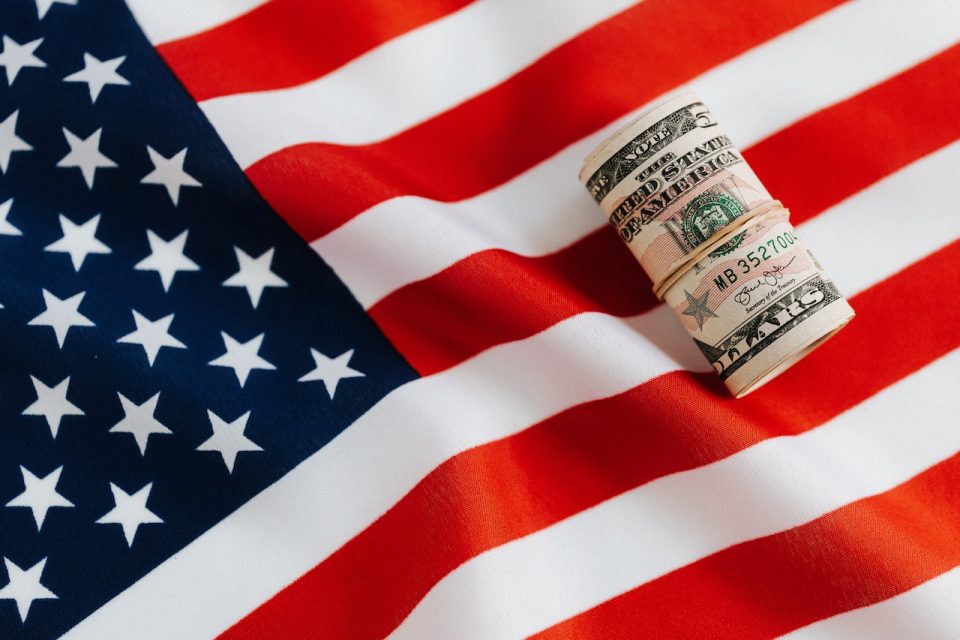After a period of relative stability in trading, Wall Street witnessed a resurgence of volatility this week, as investors grapple with the Federal Reserve’s interest rate strategies, surging bond yields, and escalating geopolitical tensions. On Thursday, the CBOE Volatility Index (^VIX), commonly known as Wall Street’s “fear gauge,” surged to 21 for the first time since a regional banking crisis in March. This development coincided with an array of challenges confronting the stock market.
Mounting geopolitical tensions in the Middle East and persistent recession fears in corporate America have added to the atmosphere of uncertainty. Furthermore, questions about leadership in Washington and the potential implications for a government shutdown loom large. To compound matters, bond yields have reached their highest point in 16 years, and oil prices maintain their resilience.
The breach of the 21 mark in the VIX has been emphasized by Julian Emanuel, senior managing director at Evercore ISI, as a pivotal indicator for investors, possibly heralding a shift from micro-driven to macro-driven markets. He pointed out that geopolitical risks have surged to a level not witnessed since the era preceding the fall of the Berlin Wall, surpassed only by the events of 9/11.
Despite these headwinds, Keith Lerner, co-chief investment officer at Truist, underscored that the recent market movements are characterized more by a temporary pause in the rally rather than a substantial sell-off. Since the Federal Reserve solidified its commitment to maintaining higher interest rates about a month ago, the S&P 500 has only experienced a modest 3.7% dip.
Finding a path to a calmer VIX appears to hinge on gaining a clearer understanding of when the Federal Reserve will conclude its rate hikes, potentially alleviating the pressure on yields. Unfortunately, pinning down this timeline remains a formidable challenge. John Stoltzfus, managing director at Oppenheimer, advocated for patience, emphasizing that despite the current climate, opportunities still abound in the market. He has set a year-end S&P 500 price target of 4900.
In conclusion, the resurgence of Wall Street volatility serves as a stark reminder of the complex economic landscape investors face, as they strive to navigate a host of uncertainties and risks in the financial markets. As investors navigate the intricate landscape of risks and opportunities in the market, comprehending the role of the VIX could prove to be a valuable asset. While any movement towards a more stable VIX is likely to be gradual, it would present a compelling incentive for renewed market engagement.
Source: Yahoo Finance

